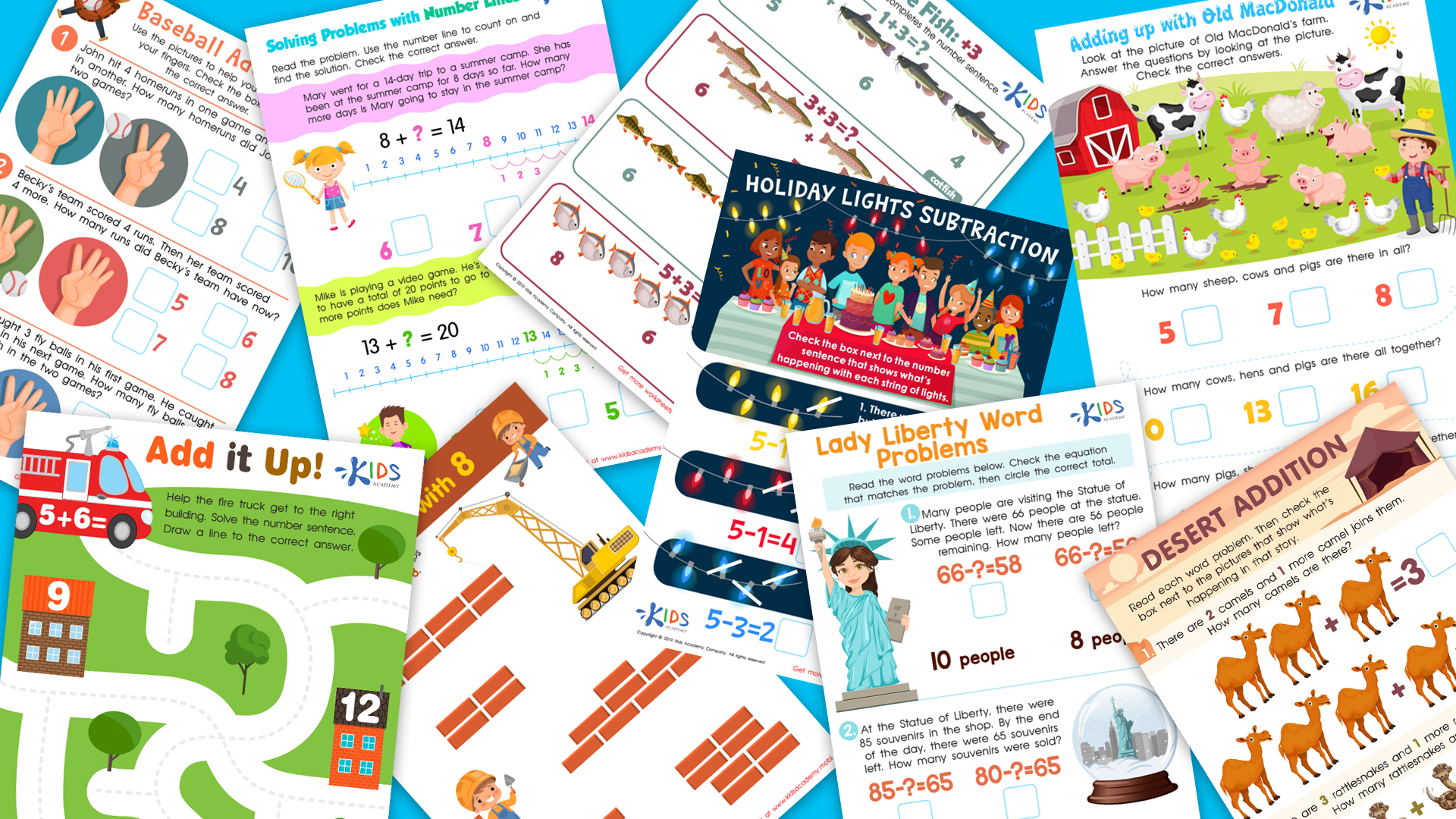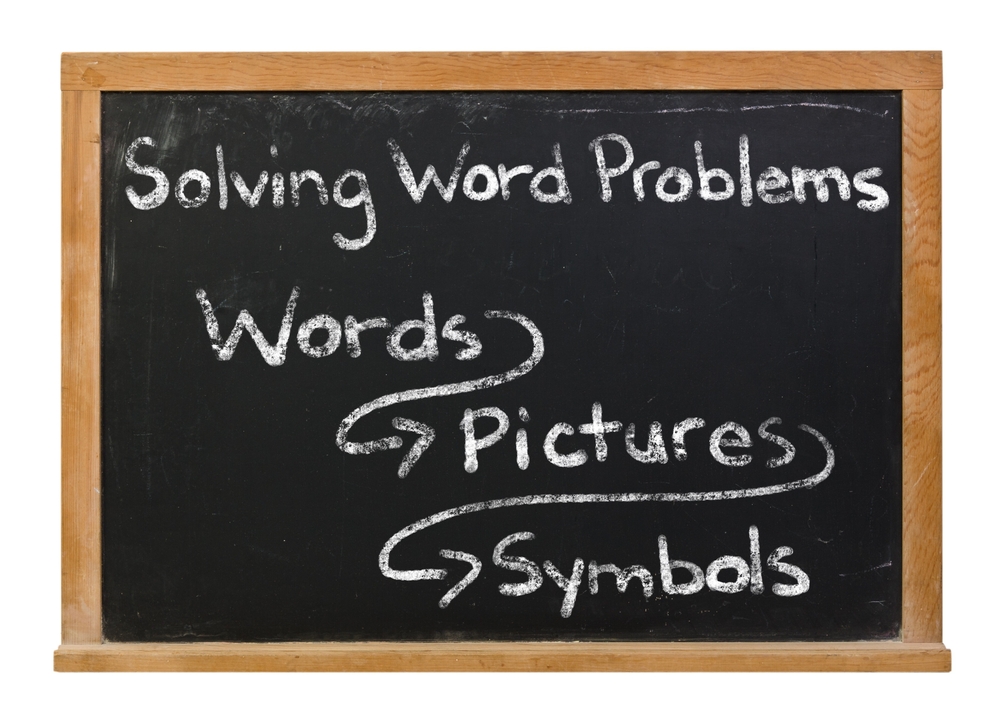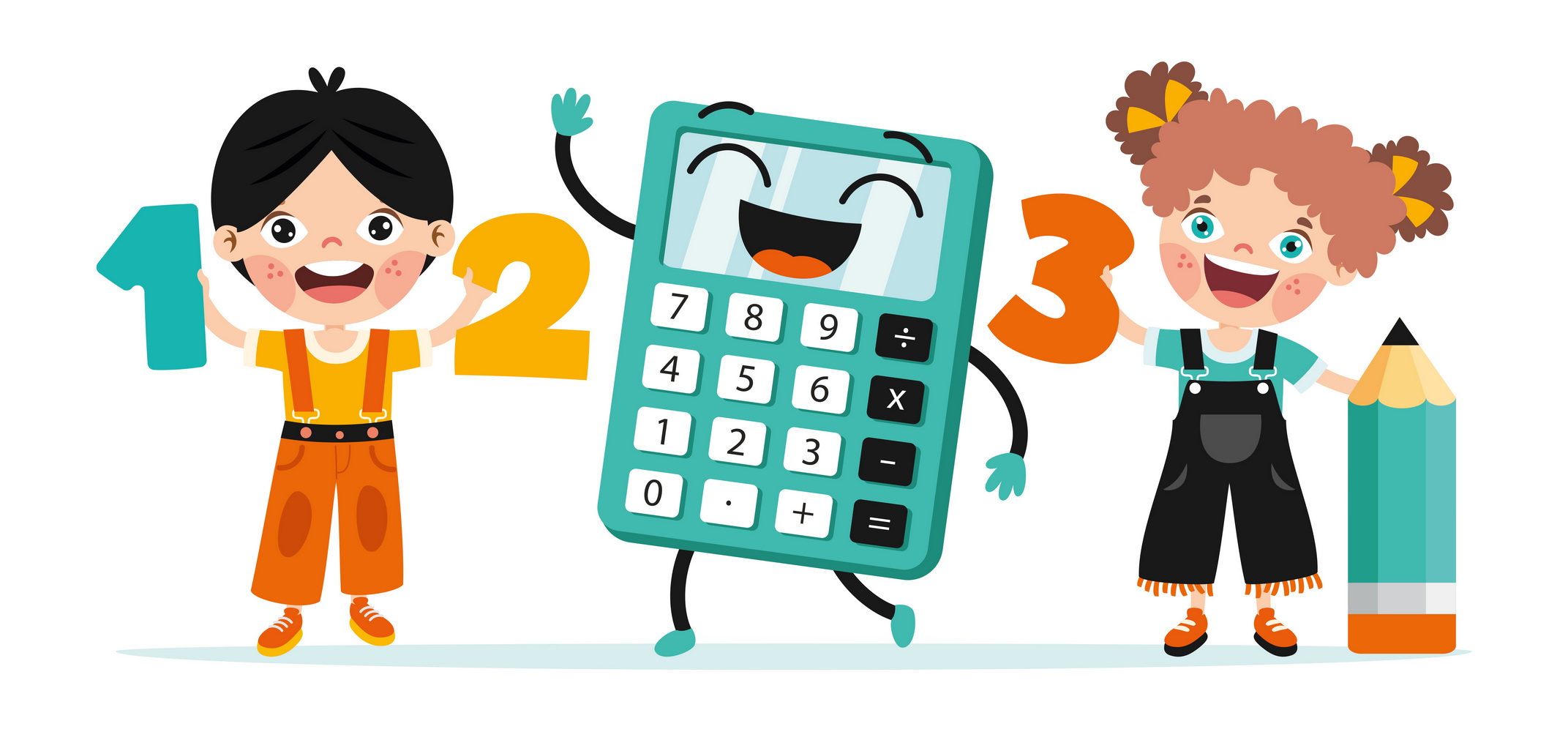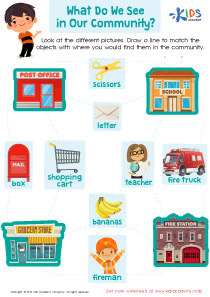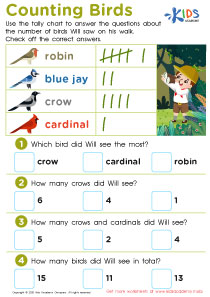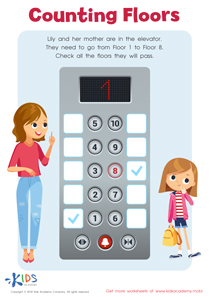Addition skills Extra Challenge Addition & Subtraction Worksheets for Ages 4-5
6 filtered results
-
From - To
Boost your child's addition skills with our "Extra Challenge Addition & Subtraction Worksheets" designed specifically for ages 4-5. These engaging and visually appealing worksheets provide numerous opportunities for young learners to practice basic addition and subtraction through fun activities. With a mix of colorful illustrations and thoughtful exercises, your child will develop a strong foundation in math, enhancing their problem-solving abilities and fostering a love for learning. Perfect for home or classroom use, these worksheets challenge children to think critically and independently. Download them today and watch your little one master essential math skills with excitement and confidence!
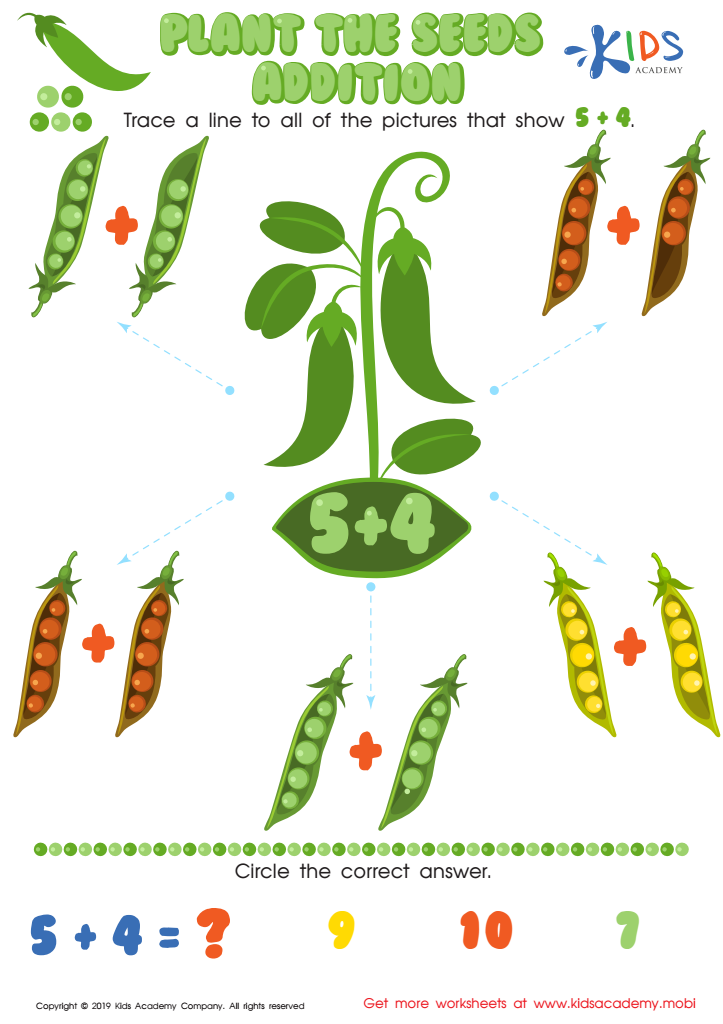

Plant the Seeds Addition Worksheet
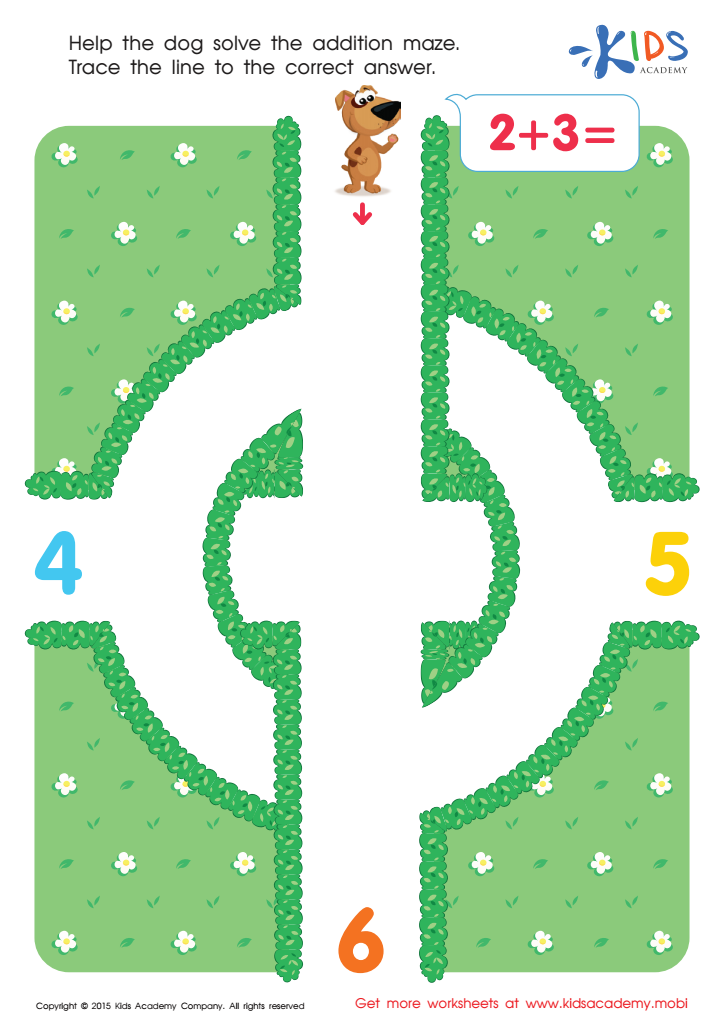

Two And Three Addition Worksheet
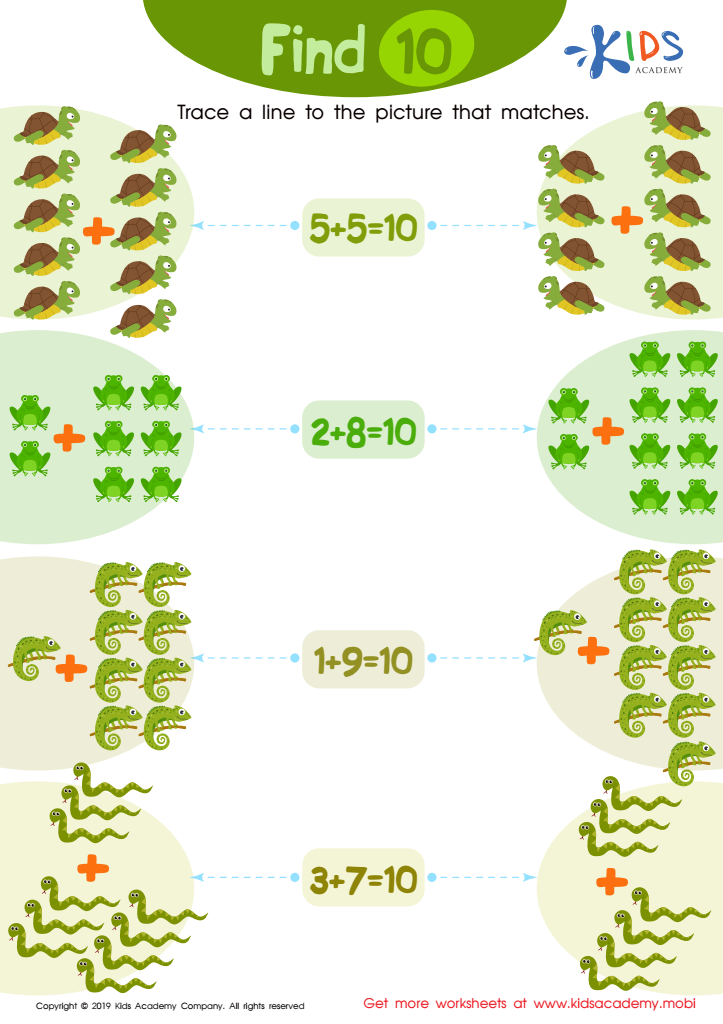

Find 10 Worksheet


What Makes 17 Worksheet
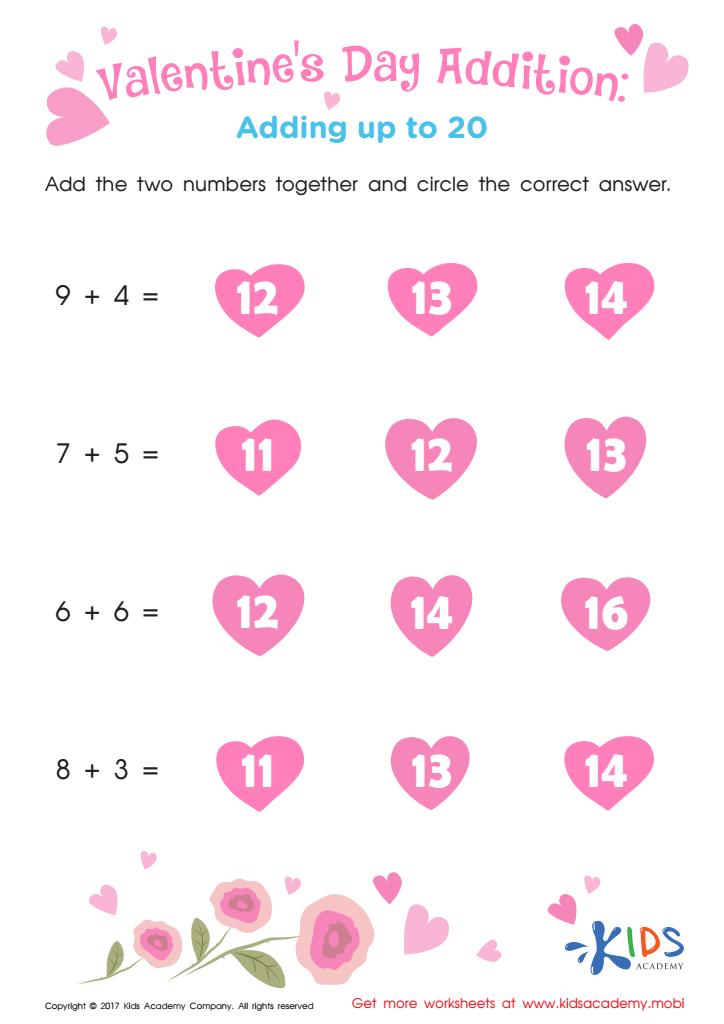

Valentine's Day Addition Worksheet
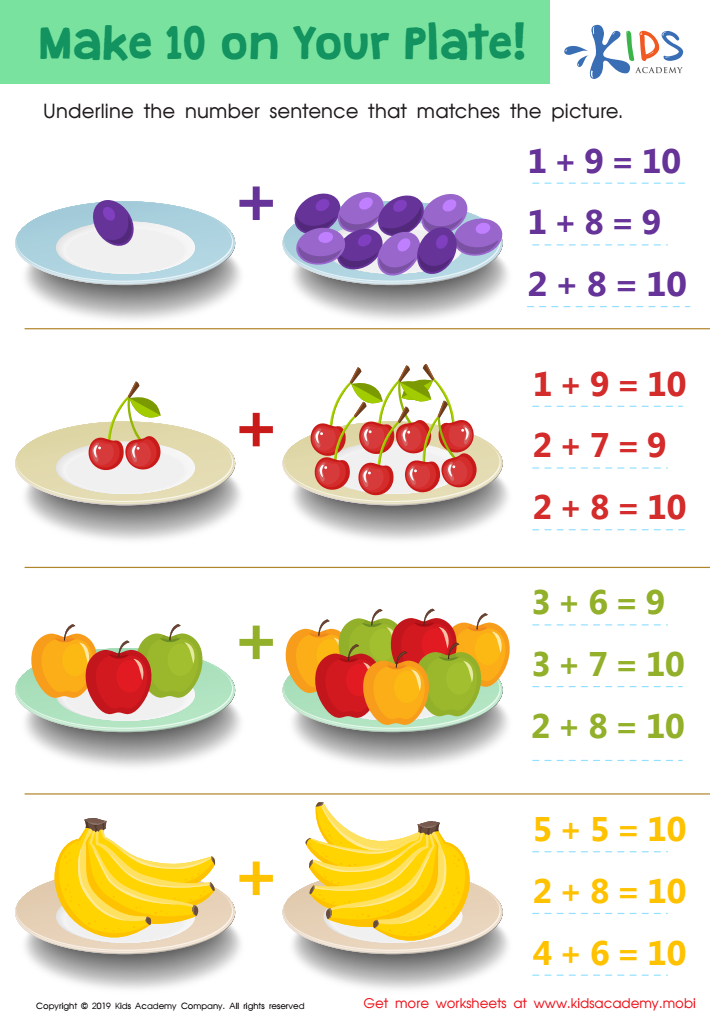

Make 10 on Your Plate! Worksheet
Addition and subtraction skills are foundational for young learners, particularly for children aged 4-5. Mastering these skills not only aids in academic success but also cultivates critical thinking and problem-solving abilities. Engaging with the "Extra Challenge Addition & Subtraction" activities fosters a deeper understanding of numbers and their relationships, enhancing cognitive development.
For parents and teachers, emphasizing these foundational math skills sets the stage for future learning. Early mastery can spark a child's interest in mathematics, making it a positive and rewarding experience. This early engagement helps to build confidence, reducing math anxiety often encountered later in life.
Moreover, these skills promote practical life applications, enabling children to navigate everyday tasks. For example, counting objects during play or understanding quantities while shopping helps them see the relevance of math in real life.
By providing diverse challenges tailored for their developmental level, parents and teachers can create a stimulating environment that nurtures curiosity and resilience. This approach not only equips students with essential life skills but also prepares them for higher academic challenges, facilitating a smoother transition into more complex mathematical concepts in the future.
 Assign to My Students
Assign to My Students





